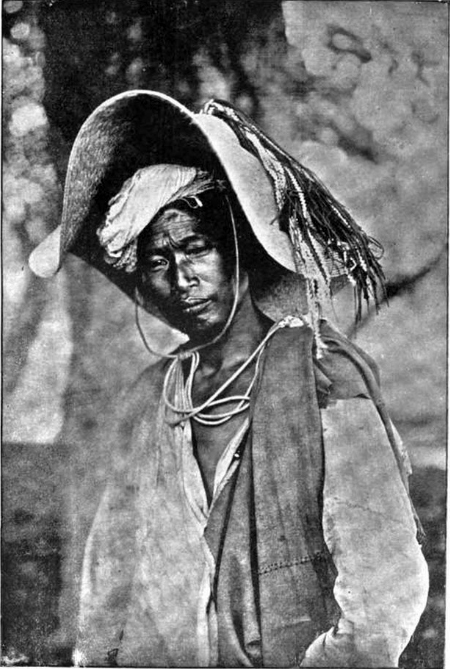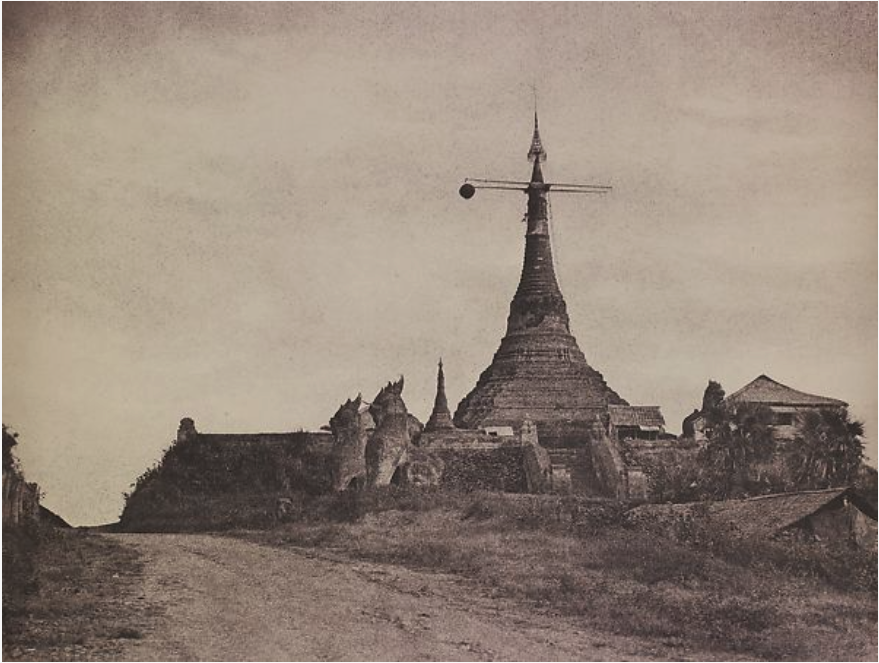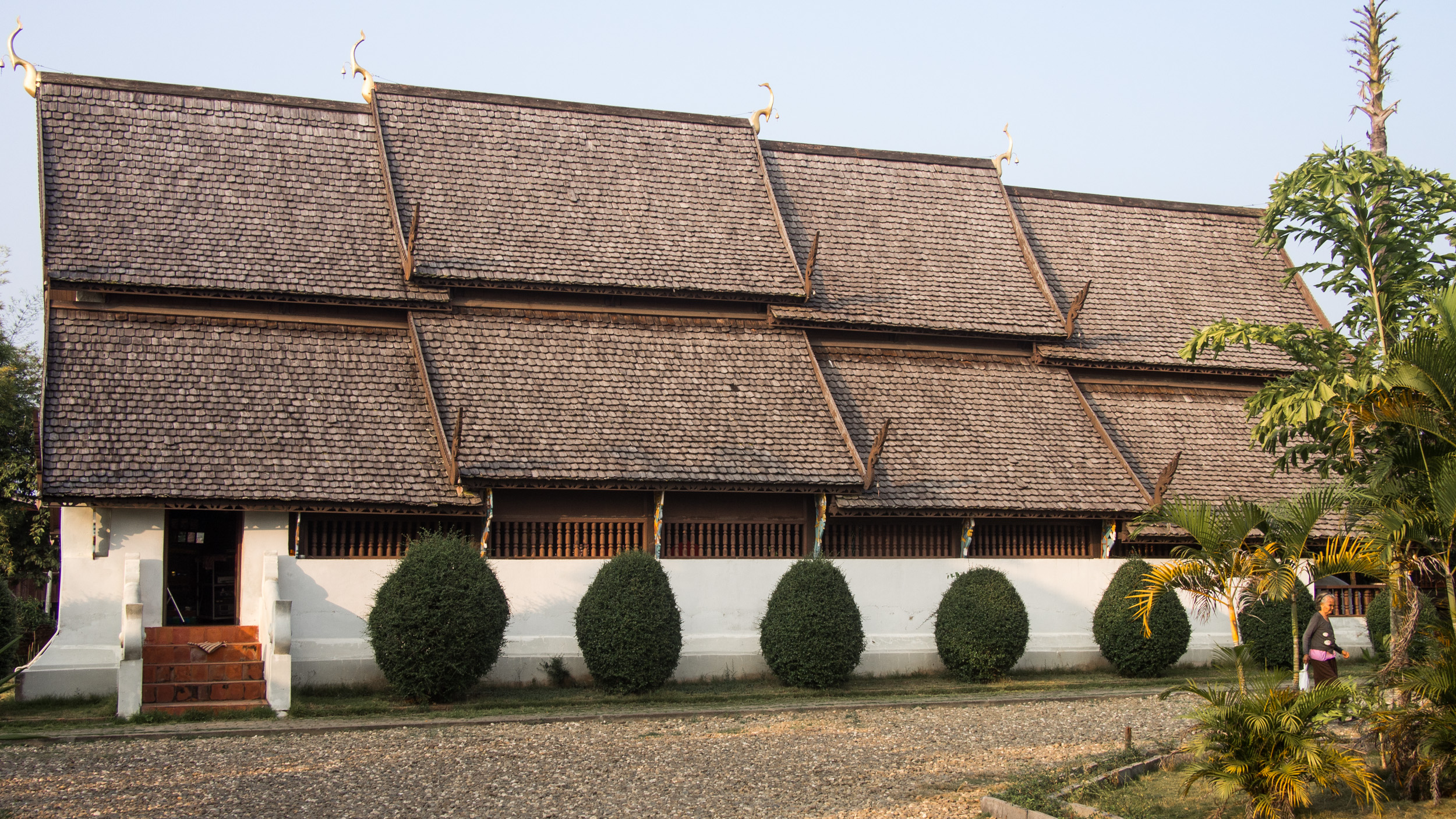|
Manhero
Manhero, Manhlyoe ( ''Máñhìyoù myoú'') or Man Hio is a town in Muse Township, Muse District, Shan State, Myanmar. The village shares an open border with , China. Students cross the border to attend a primary school in China, where Chinese pupils (mostly ethnic Dai) wear Shan (Dai) ethnic costumes while Shan pupils (mostly ethnic Han Chinese The Han Chinese, alternatively the Han people, are an East Asian people, East Asian ethnic group native to Greater China. With a global population of over 1.4 billion, the Han Chinese are the list of contemporary ethnic groups, world's la ...) wear Bamar ethnic uniforms. References Populated places in Shan State China–Myanmar border crossings {{Shan-geo-stub ... [...More Info...] [...Related Items...] OR: [Wikipedia] [Google] [Baidu] |
Muse District
Mu Se District () is a Districts of Myanmar, district of northern Shan State in Myanmar. The district contains two townships. The capital is at Muse, Burma, Muse. In 2022, the Ministry of Home Affairs (Myanmar), Ministry of Home Affairs promoted Kutkai Township from Muse District to its own district- the new Kutkai District. Prior to this, the district consisted of 4 towns and 1162 villages. Townships The district contains the following Townships of Myanmar, townships and subtownships: *Mu Se Township **Mong Ko Subtownship **Pang Hseng Subtownship (Kyukok Subtownship) *Nanhkan Township ** Man Hio Subtownship (Manhero) References Districts of Myanmar Geography of Shan State {{ShanState-geo-stub ... [...More Info...] [...Related Items...] OR: [Wikipedia] [Google] [Baidu] |
List Of Sovereign States
The following is a list providing an overview of sovereign states around the world with information on their status and recognition of their sovereignty. The 205 listed states can be divided into three categories based on membership within the United Nations System: 193 member states of the United Nations, UN member states, two United Nations General Assembly observers#Current non-member observers, UN General Assembly non-member observer states, and ten other states. The ''sovereignty dispute'' column indicates states having undisputed sovereignty (188 states, of which there are 187 UN member states and one UN General Assembly non-member observer state), states having disputed sovereignty (15 states, of which there are six UN member states, one UN General Assembly non-member observer state, and eight de facto states), and states having a political status of the Cook Islands and Niue, special political status (two states, both in associated state, free association with New ... [...More Info...] [...Related Items...] OR: [Wikipedia] [Google] [Baidu] |
Administrative Divisions Of Burma
Myanmar is divided into 21 administrative divisions, which include #Regions, States, and Union Territory, seven regions, #Regions, States, and Union Territory, seven states, Naypyidaw Union Territory, one union territory, Wa Self-Administered Division, one self-administered division, and self-administered zone, five self-administered zones. Table Following is the table of government subdivisions and its organizational structure based on different regions, states, the union territory, the self-administered division, and the self-administered zones: The regions were called divisions prior to August 2010, and four of them are named after their capital city, the exceptions being Sagaing Region, Ayeyarwady Region and Tanintharyi Region. The regions can be described as ethnically predominantly Bamar people, Burman (Bamar), while the states, the zones and Wa Division are dominated by ethnic minorities. Yangon Region has the largest population and is the most densely populated. ... [...More Info...] [...Related Items...] OR: [Wikipedia] [Google] [Baidu] |
Shan State
Shan State (, ; , ) is a administrative divisions of Myanmar, state of Myanmar. Shan State borders China (Yunnan) to the north, Laos (Louang Namtha Province, Louang Namtha and Bokeo Provinces) to the east, and Thailand (Chiang Rai Province, Chiang Rai, Chiang Mai Province, Chiang Mai and Mae Hong Son Provinces) to the south, and five administrative divisions of Myanmar in the west (Kachin State, Mandalay Region, Kayin State, Kayah State, and Sagaing Region). The largest of the 14 administrative divisions by land area, Shan State covers 155,800 km2, almost a quarter of the total area of Myanmar. The state gets its name from the Burmese name for the Tai peoples: "Shan people". The Tai (Shan) constitute the majority among several ethnic groups that inhabit the area. Shan State is largely rural, with only three cities of significant size: Lashio, Kengtung, and the capital, Taunggyi. Taunggyi is northeast of the nation's capital Naypyitaw. The Shan state, with many ethnic groups ... [...More Info...] [...Related Items...] OR: [Wikipedia] [Google] [Baidu] |
Districts Of Myanmar
Districts (; ) are the second-level administrative divisions of Myanmar. They are the subdivisions of the administrative divisions of Myanmar, regions and states of Myanmar. Districts are in turn are subdivided into Townships of Myanmar, townships, then towns, wards and villages. Prior to 2022, there were 76 districts in Myanmar. The number of districts was expanded to a total of 121 on 30 April 2022 through Notification 319/2022 through 333/2022 under the authority of the Ministry of Home Affairs (Myanmar), Ministry of Home Affairs with the most new districts going to Shan State and Yangon Region. The district's role is more supervisory as the townships of Myanmar, townships are the basic administrative unit of local governance. A district is led by a district administrator, a civil servant appointed through the General Administration Department, General Administration Department (GAD) of the Ministry of Home Affairs (Myanmar), Ministry of Home Affairs (MOHA). The minister of ho ... [...More Info...] [...Related Items...] OR: [Wikipedia] [Google] [Baidu] |
Townships Of Myanmar
Townships (; ) are the third-level Administrative divisions of Myanmar, administrative divisions of Myanmar. They are the sub-divisions of the districts of Myanmar. According to the Myanmar Information Management Unit (MIMU), as of December 2015, there are 330 townships in Myanmar."Myanmar States/Divisions & Townships Overview Map" Myanmar Information Management Unit (MIMU) Townships are the basic administrative unit of local governance and are the only type of administrative division that cover all of Myanmar. A township is administered by a township administrator, a civil servant appointed through the General Administration Department, General Administration Department (GAD) of the Ministry of Home Affairs ... [...More Info...] [...Related Items...] OR: [Wikipedia] [Google] [Baidu] |
Muse Township
Mu Se Township (; ) is a township of Mu Se District in northern Shan State of eastern Myanmar. The principal town and administrative center is Muse. It is the terminus of Mandalay-Lashio-Muse road. Geography Muse is the biggest border trading point between Myanmar and China. It is the home of the Muse (105 Miles) Trading Zone. The trading zone, spread over 370 acres, is 6 miles from Muse. It was opened in April 2006. Ruili is the Chinese town across the border from Muse. Pang Hseng (Kyu Koke) and Mong Ko (Monekoe) are other important towns in the area. The township has two subtownships, unofficial subdivisions used for administrative and statistical purposes- Pang Hseng Subtownship and Mong Ko Subtownship. Further reading Myanmar: IDP Sites in Kachin and northern Shan States - Mimu See also *Muse, Myanmar Muse (; ) is the capital of Mu Se District and the principal town of Mu Se Township in northern Shan State, Myanmar. It is a border town situated on the Shweli River (N ... [...More Info...] [...Related Items...] OR: [Wikipedia] [Google] [Baidu] |
Myanmar Standard Time
Myanmar Standard Time (, ), formerly Burma Standard Time (BST), is the standard time in Myanmar, 6.5 hours ahead of UTC. Myanmar Standard Time (MMT) is calculated on the basis of 97°30′E longitude.MFF 2002: 1 MMT is used all year round, as Myanmar does not observe daylight saving time.USNAO 2013: 262 History Pre-colonial period Myanmar did not have a standard time before the British colonial period. Each region kept its own local mean time, according to the Burmese calendar rules: sunrise, noon, sunset and midnight.(Clancy 1906: 57): The Burmese calendar recognizes two types of day: astronomical and civil. The mean Burmese astronomical day is from midnight to midnight, and represents 1/30th of a synodic month or 23 hours, 37 minutes and 28.08 seconds. The civil day comprises two halves, the first half beginning at sunrise and the second half at sunset. The day was divided into eight 3-hour segments called ''baho'' (ဗဟို), or sixty 24-minute segments called ''nayi'' ... [...More Info...] [...Related Items...] OR: [Wikipedia] [Google] [Baidu] |
Myanmar
Myanmar, officially the Republic of the Union of Myanmar; and also referred to as Burma (the official English name until 1989), is a country in northwest Southeast Asia. It is the largest country by area in Mainland Southeast Asia and has a population of about 55 million. It is bordered by India and Bangladesh to its northwest, China to its northeast, Laos and Thailand to its east and southeast, and the Andaman Sea and the Bay of Bengal to its south and southwest. The country's capital city is Naypyidaw, and its largest city is Yangon (formerly Rangoon). Early civilisations in the area included the Tibeto-Burman-speaking Pyu city-states in Upper Myanmar and the Mon kingdoms in Lower Myanmar. In the 9th century, the Bamar people entered the upper Irrawaddy River, Irrawaddy valley, and following the establishment of the Pagan Kingdom in the 1050s, the Burmese language and Culture of Myanmar, culture and Buddhism in Myanmar, Theravada Buddhism slowly became dominant in the co ... [...More Info...] [...Related Items...] OR: [Wikipedia] [Google] [Baidu] |
Dai People
The Dai people ( Burmese: ရှမ်းလူမျိုး; ; ; ; , ; , ; zh, c=, p=Dǎizú) are several Tai-speaking ethnic groups living in the Xishuangbanna Dai Autonomous Prefecture and the Dehong Dai and Jingpo Autonomous Prefecture of China's Yunnan Province. The Dai people form one of the 56 ethnic groups officially recognized by the People's Republic of China. By extension, the term can apply to groups in Laos, Vietnam, Thailand and Myanmar when Dai is used to mean specifically Tai Yai, Lue, Chinese Shan, Tai Dam, Tai Khao or even Tai in general. For other names, see the table below. Name ambiguity The Dai people are closely related to the Shan, Lao and Thai people who form a majority in Laos and Thailand, and a large minority in Myanmar. Originally, the Tai, or Dai, lived closely together in modern Yunnan Province until political chaos and wars in the north at the end of the Tang and Song dynasty and various nomadic peoples prompted some to move furth ... [...More Info...] [...Related Items...] OR: [Wikipedia] [Google] [Baidu] |
Han Chinese
The Han Chinese, alternatively the Han people, are an East Asian people, East Asian ethnic group native to Greater China. With a global population of over 1.4 billion, the Han Chinese are the list of contemporary ethnic groups, world's largest ethnic group, making up about 17.5% of the world population. The Han Chinese represent 91.11% of the population in China and 97% of the population in Taiwan. Han Chinese are also a significant Overseas Chinese, diasporic group in Southeast Asian countries such as Thailand, Malaysia, and Indonesia. In Singapore, people of Han Chinese or Chinese descent make up around 75% of the country's population. The Han Chinese have exerted a primary formative influence in the development and growth of Chinese civilization. Originating from Zhongyuan, the Han Chinese trace their ancestry to the Huaxia people, a confederation of agricultural tribes that lived along the middle and lower reaches of the Yellow River in the north central plains of Chin ... [...More Info...] [...Related Items...] OR: [Wikipedia] [Google] [Baidu] |



